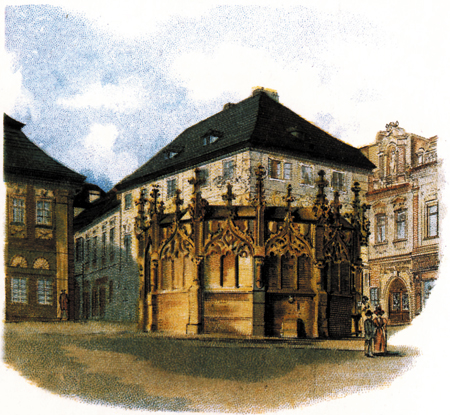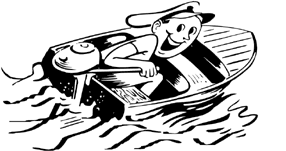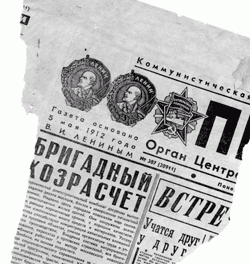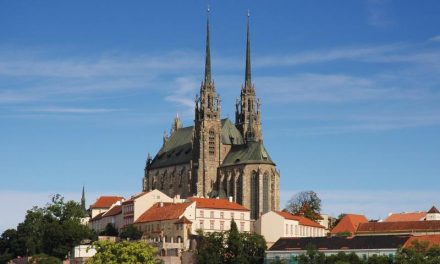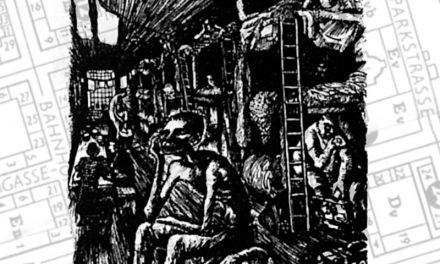Then why not visit Kutná Hora and soak in a little culture for a change. The easiest way to get there for a day trip is by taking a morning train from Prague’s Hlavní nádraží train station, then take a 10 minute walk from the Kutná Hora Hlavní nádraží train station to Sedlec to visit the ossuary.
This is a truly macabre sight of bones from some 40,000 people. In 1870, Frantisek Rink, a local woodcarver, arranged the bones in the form of bells, a chandelier, monstrances and even the Schwartzenberg coat-of-arms. To take photographs of this Gothic spectacle, you have to pay extra.
From here it doesn’t take long to walk into old Kutná Hora. In the 14th century, this was the second largest town in Bohemia after Prague. This was due to the rich veins of silver below the town itself, and the silver groschen mined here were the hard currency of Central Europe at the time.
During the 16th Century, Kutná Hora’s boom ended, and the mining ceased in 1726, so the medieval townscape is basically unaltered. You can visit many interesting places here including the Gothic former Royal Mint, now a museum and view its historical rooms. Master craftsmen from Florence began stamping sitver coins here in 1300.
The Hradek Mining Museum is an excellent place to visit. You can take a 500m tour of the medieval mine shafts on one of the 20 levels below Kutná Hora. In the middle ages they used a huge wooden device to left up to 1000kg of rock from shafts that were 200m deep. Kutná Hora and Sedlec are well worth visiting. A return trip should cost you no more than 110 crowns from Prague.
A good map of the area (1:10,000) is available from Žaket.
{gallery}inside-kutna-hora{/gallery}
Email Allen Rogers

